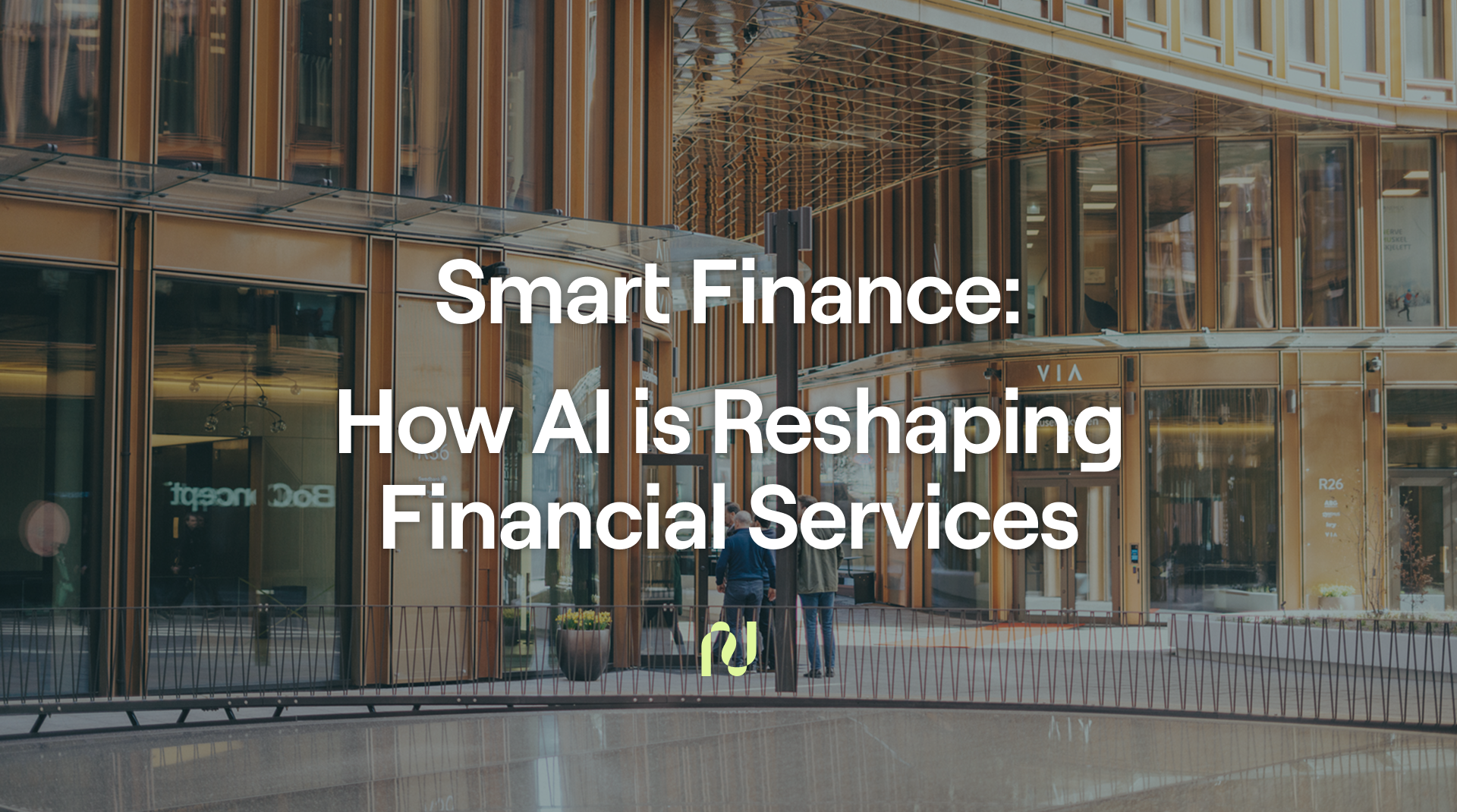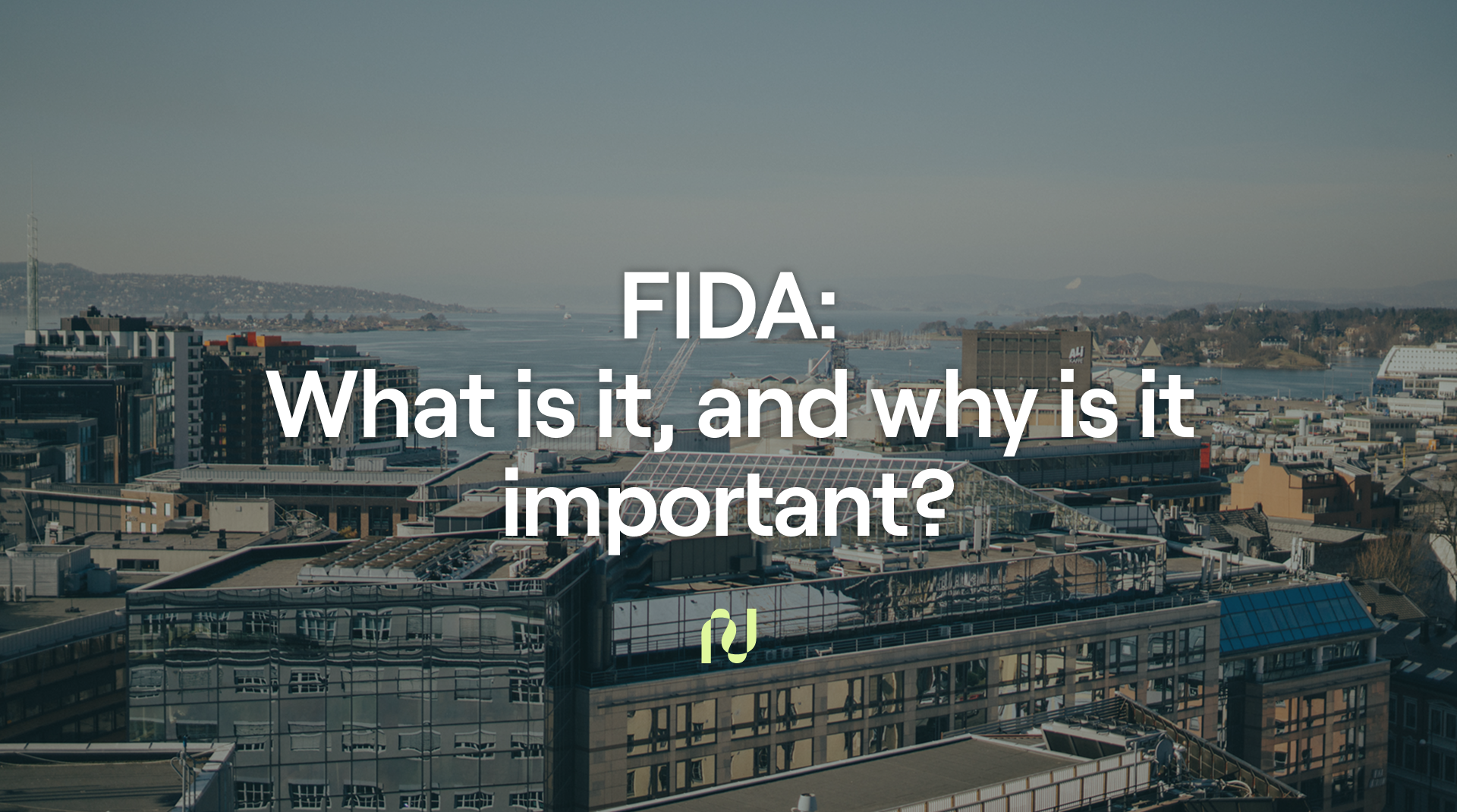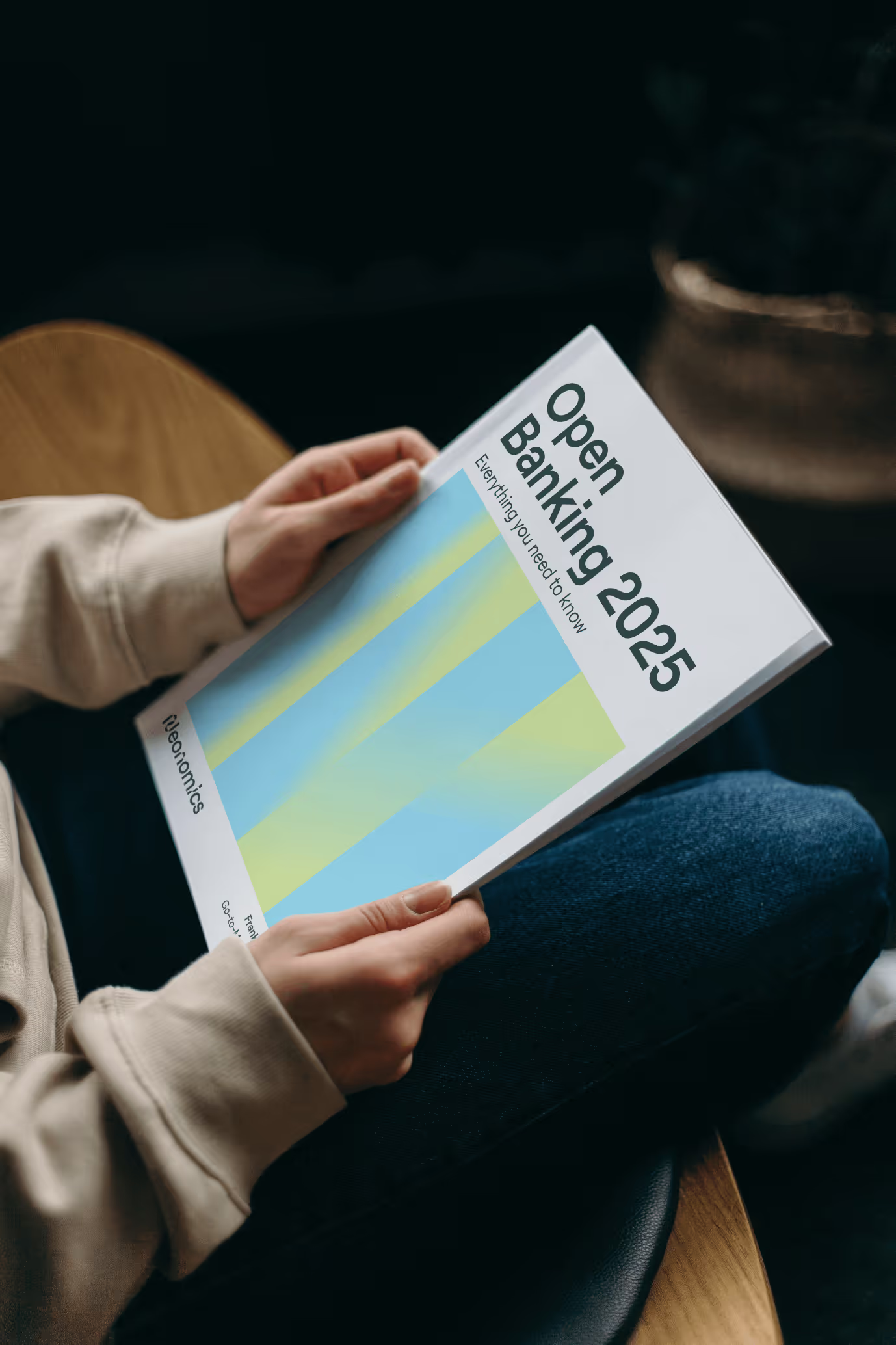The pandemic challenged many of our norms, and the way we buy and pay for things was certainly one of them. A report on global digital payments showed that COVID-19 did in fact fuel advancements in the global market of cashless transactions , resulting in a projected growth of around 18% annually between 2020-2025. This insight aims to re-imagine how payments will look as we are heading towards a post-pandemic world, and what opportunities this brings for a wide range of stakeholders.
Even prior to COVID-19, digital payments and digital authentication and identification were gradually on the rise. However, the kick-start of the pandemic led to a decrease in retail and in-store spending, which paved the way for digital channels to blossom. A McKinsey report showed most industries have seen more than a 10% growth in their online customer base since March 2020. Even during uncertain and slower times over the last 18 months, digital payments have been one of the few things that we have seen accelerate tremendously, going from a nice-to-have to becoming an absolute must-have for any business. . According to the Center for Financial Inclusion, there was a 13% growth rate in mobile money and transactions were up 22 percent in 2020. Although things are slowly returning to normal for most countries, the uptake of more convenient payment methods has risen strongly and once evolved, consumers do not go back.

Covid-19 caused a boom in digital payments, and it’s safe to say high numbers of digital payments are here to stay. However, consumers and businesses were already unhappy about the existing transaction fees ranging from 3-5%, and with card schemes increasing these fees in the next 9 months (after delaying the price hike) this will further strengthen the need for more affordable and flexible alternatives.
The pandemic has shown a light on how fragmented much of the payments and data aggregation landscape is and continues to be. Due to the legacy infrastructure that many still rely on, it is difficult to evolve when you are constantly having to rebuild that top layer to keep up with changing consumer needs and perceptions. That is why we choose to build differently from the start, and this has proven to be as pandemic proof as possible and ready for the next big wave of innovation coming in the form of open finance.– Elise Kirkhus, COO of Neonomics
With many seeing just how unnecessarily expensive the existing status quo is, the new normal is being catered for around flexibility and scalability. Both large and small businesses are realizing that they can scale with innovative partners, without making the kinds of sacrifices that were common pre-pandemic in respect to cost and technical complexity. This is worrying for some in the industry, as it directly challenges a lucrative business model that has been around for a few decades.
At the end of the day, the new normal, is that the pandemic has made consumers much more powerful. This is a great time to be in FinTech, as more and more of the financial services community pushes to develop services and products that harness the power of the consumer.
We at Neonomics are excited to be among those driving this shift and if you want to find out how we can work together, let’s talk.





.png)













































